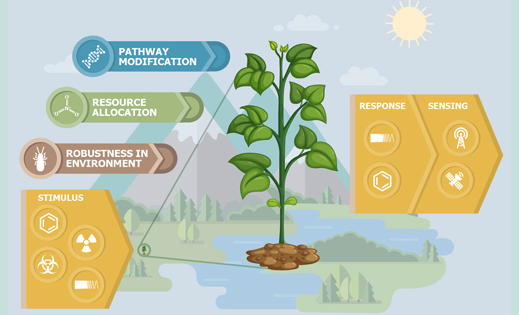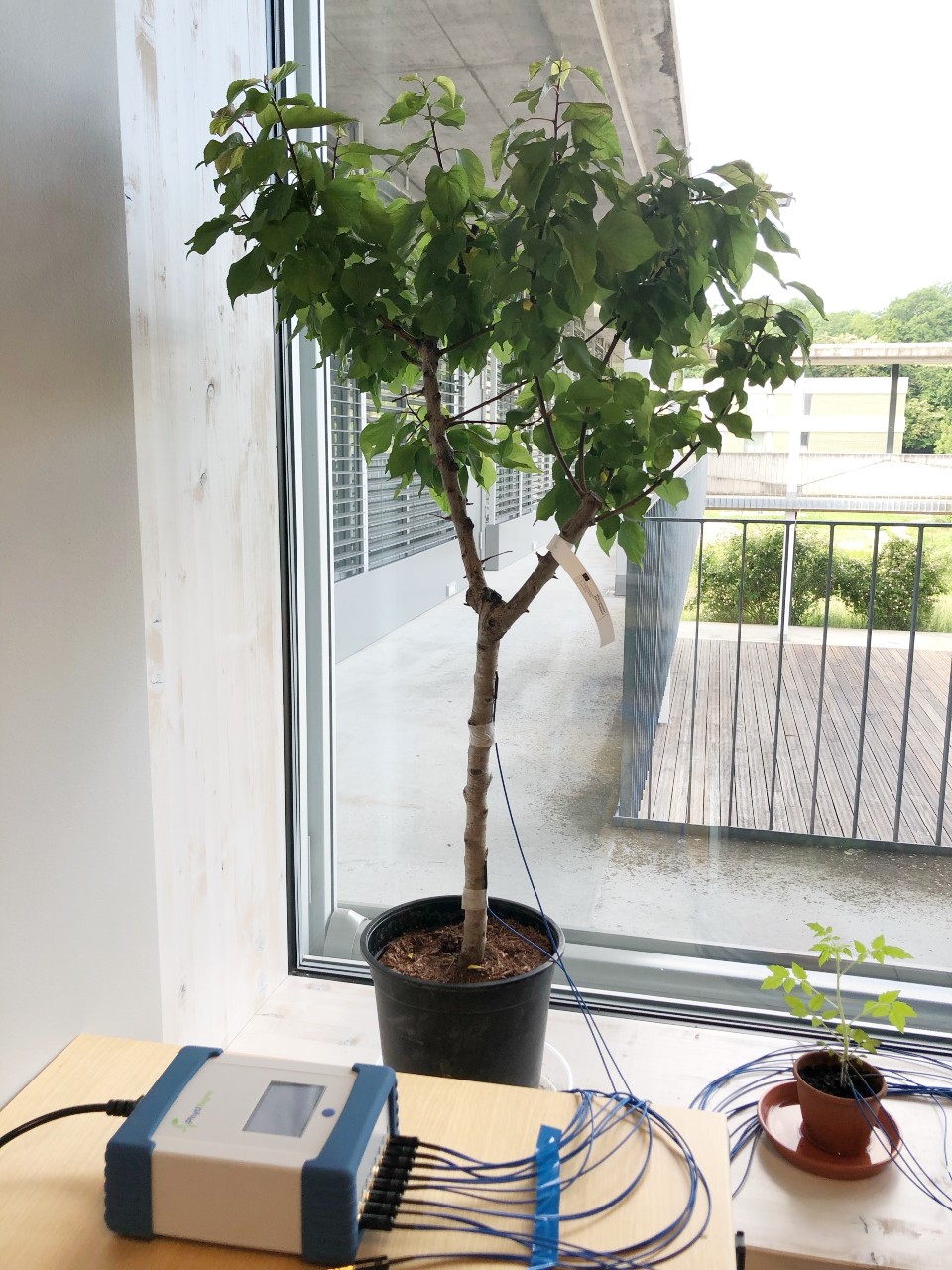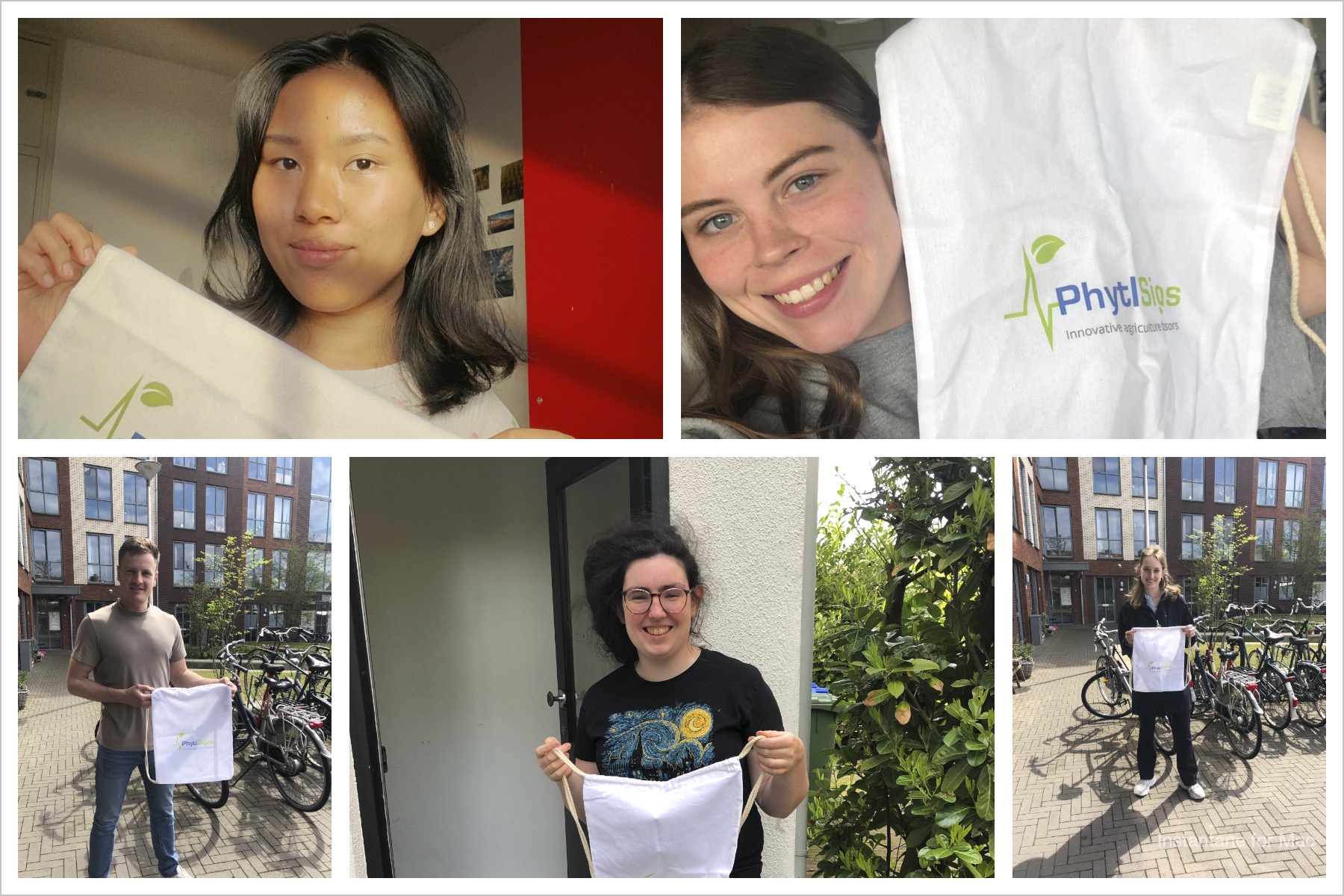
Plants provide people with food, feed, fiber and fuel, and they may soon be keeping us safer. Vivent has recognised for some time that plants are excellent sensors of their environment. As well as sensing specific stimuli, plants respond quickly, are self-powered, already in place and long-lasting. When designing a sensor this provides an excellent starting point and DARPA is keen to capitalise on these strengths.
The DARPA Advanced Plant Technologies (APT) proposers’ day on Tuesday, December 12th, 2017 in Arlington discussed using plants as sensors for defense purposes. About 200 people attended the full day meeting and listened to DARPA program manager Dr Blake Bextine and other experts explain how the program would work.
The program intends, in 4 years’ time, to develop plant sensors that can detect, and communicate, chemical, biological and/or electromagnetic threats in the environment. The assumed approach is by having genetically modified plants that would, for example, change colour or size when a threat is detected. Existing surveillance systems like satellite imagery or drones could capture the changes sensed by plants.
There was a poster session outside the conference room with around 15 institutions describing their ideas and capabilities and during the meeting time was given to more than 20 ‘lightning presentations’ of 3 minutes each.
Vivent had both a poster and a lightning presentation. Although our approach is outside the central theme of the day there was sufficient interest to keep us involved.
DARPA is the US Government’s Department of Defense Advanced Research Projects Agency. Scientific research commissioned or completed by DARPA has paved the way for the internet, weather satellites and global positioning systems. A fascinating summary of their history is available on this link: DARPA History.




